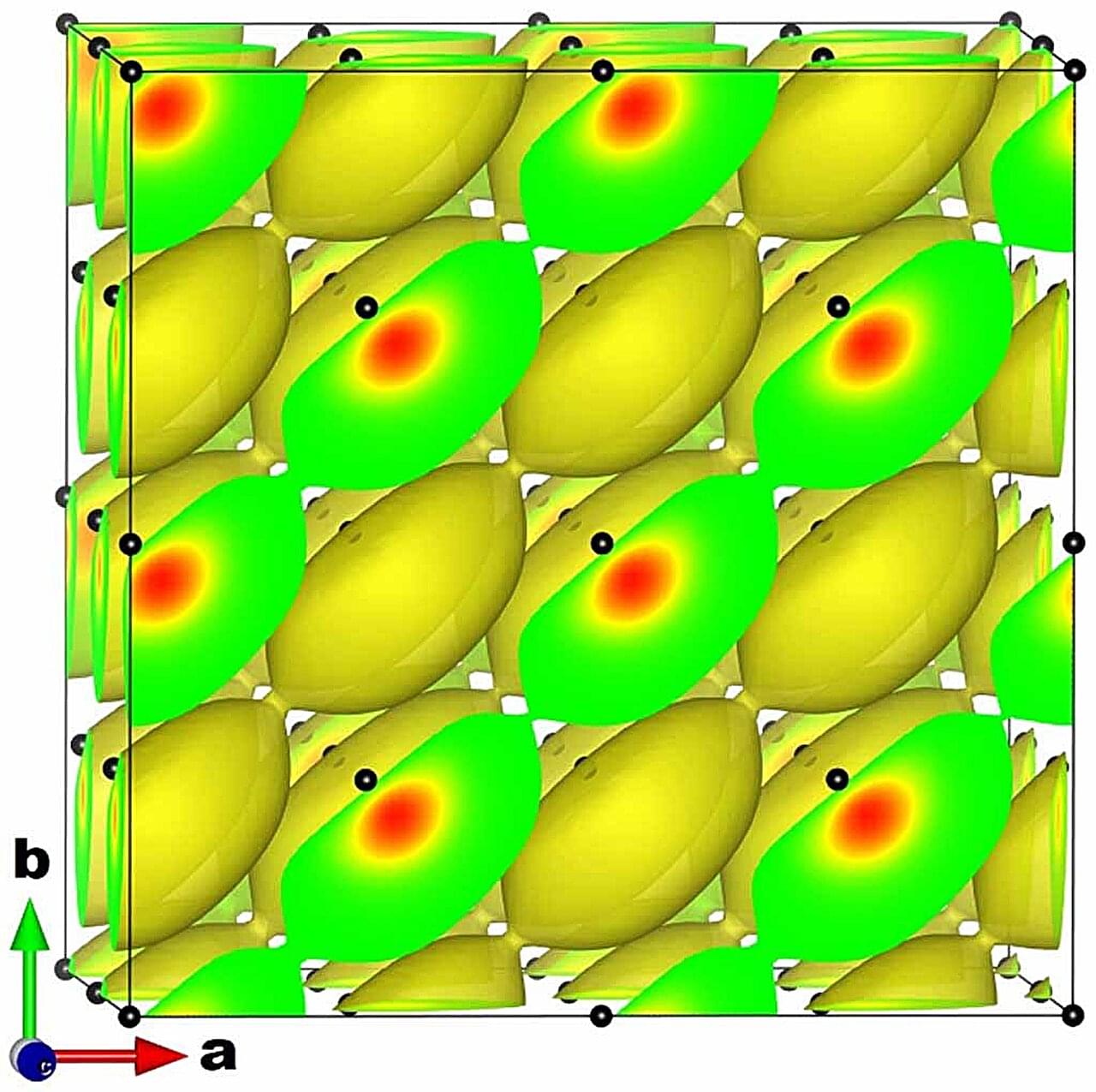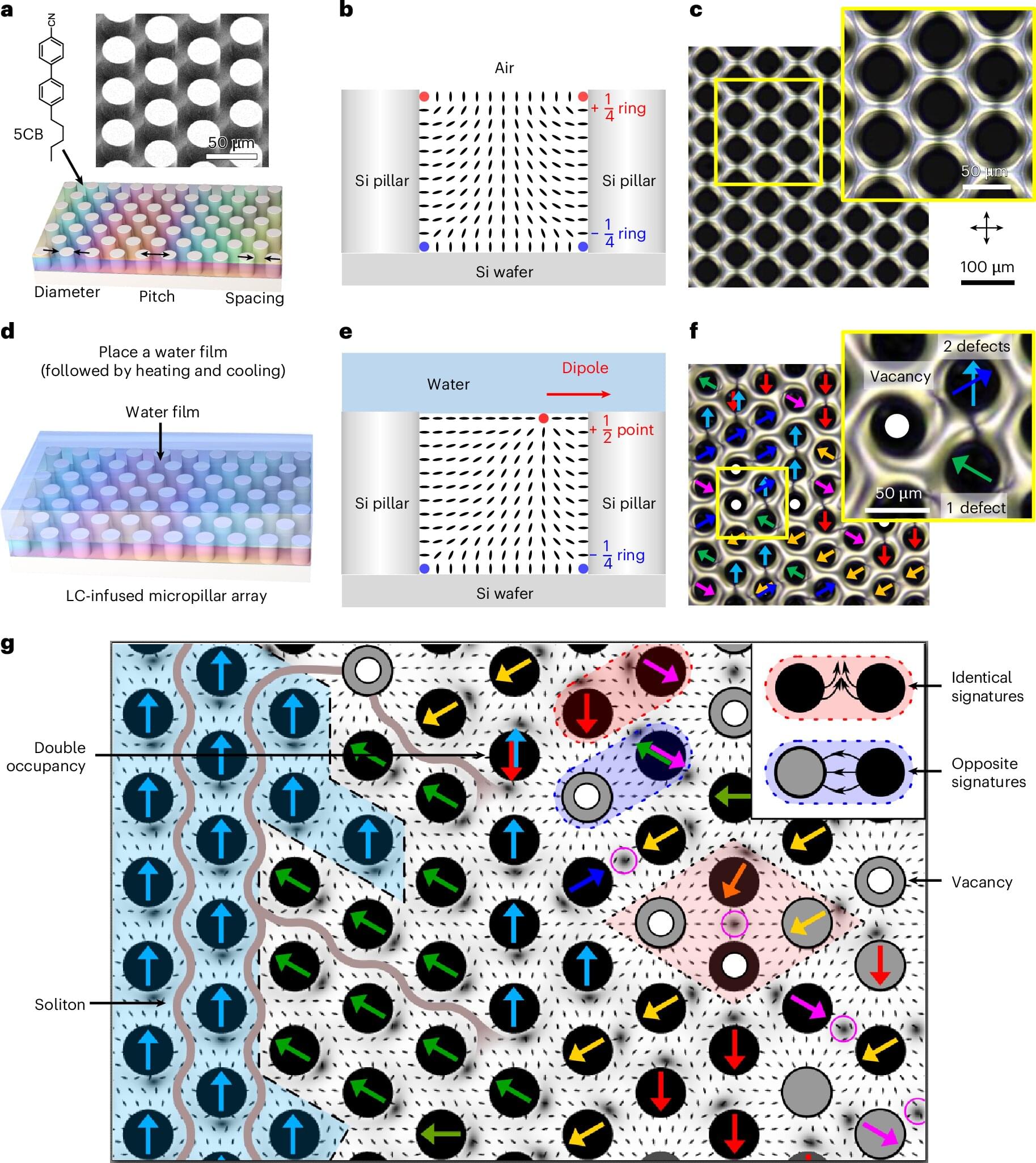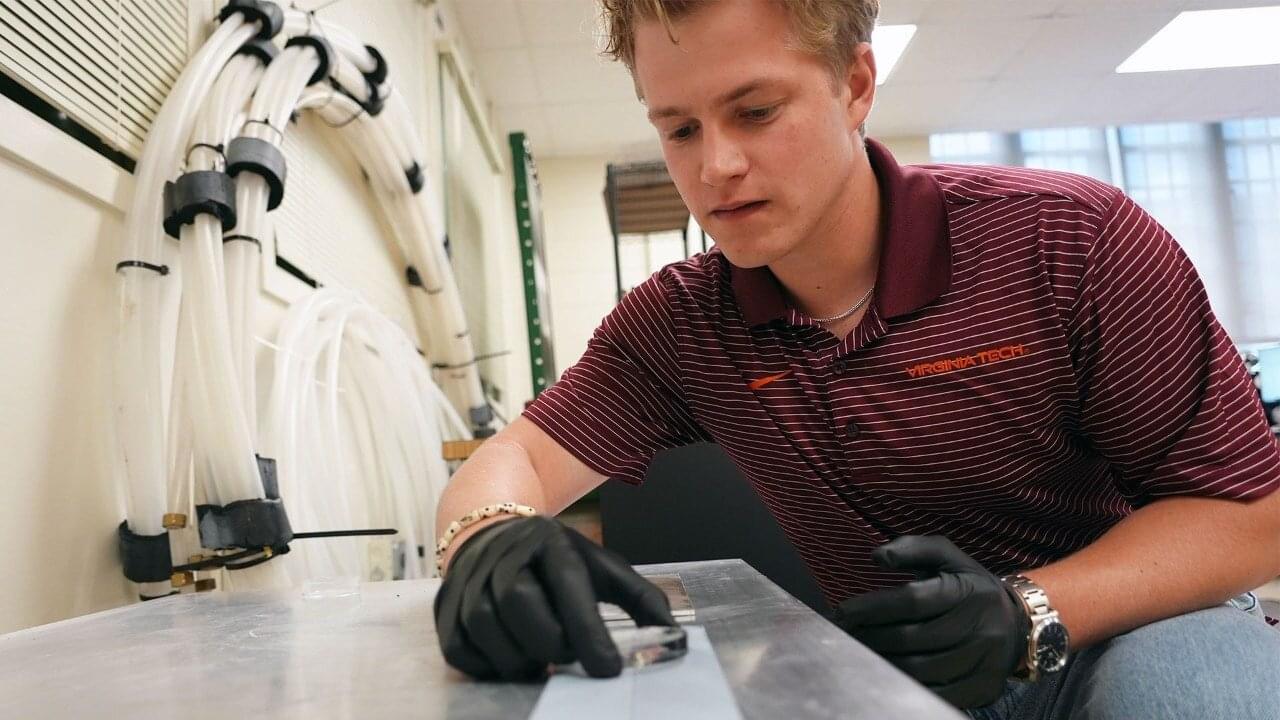Researchers demonstrate how AI approaches can transform a vital layering technique for semiconductors.




Electricity flows through wires to deliver power, but it loses energy as it moves, delivering less than it started with. But that energy loss isn’t a given. Scientists at Penn State have found a new way to identify types of materials known as superconductors that allow power to travel without any resistance, meaning no energy is lost.

Researchers have developed a novel way for liquid crystals to retain information about their movement. Using this method could advance technologies like memory devices and sensors, as well as pave the way to future soft materials that are both smart and flexible.
Liquid crystals, which are used in liquid crystal display (LCD) screens for TVs and phones, contain molecules that mimic the properties of both liquids and solids, giving them unique properties. While soft materials like liquids, gels and polymers have been widely used for their easy-to-process structures and lightweight properties, they tend to deform easily and often require replacement.
Everyday materials are made of molecules that align themselves in preferred directions. But liquid crystals could become much more useful if their molecules are all facing in one direction—obtaining what is called polar order.

In Associate Professor Jonathan Boreyko’s Nature-Inspired Fluids and Interfaces Lab, Ph.D. student Jack Tapocik watched a disk-shaped chunk of ice resting on an engineered metal surface. As the ice melted, the water formed a puddle beneath.
Even after many seconds of melting, the ice disk remained adhered to the engineered surface. At first, Tapocik was tempted to conclude that nothing would happen, but he waited. His patience paid off. After a minute, the ice slingshot across the metal plate he designed, gliding along as if it was propelled supernaturally.
The results are important because they have a host of potential applications. The methods team members developed lay the foundation for rapid defrosting and novel methods of energy harvesting. Their work has been published in ACS Applied Materials & Interfaces.


Information tasks such as writing surveys or analytical reports require complex search and reasoning, and have recently been grouped under the umbrella of \textit{deep research} — a term also adopted by recent models targeting these capabilities. Despite growing interest, the scope of the deep research task remains underdefined and its distinction from other reasoning-intensive problems is poorly understood. In this paper, we propose a formal characterization of the deep research (DR) task and introduce a benchmark to evaluate the performance of DR systems. We argue that the core defining feature of deep research is not the production of lengthy report-style outputs, but rather the high fan-out over concepts required during the search process, i.e., broad and reasoning-intensive exploration. To enable objective evaluation, we define DR using an intermediate output representation that encodes key claims uncovered during search-separating the reasoning challenge from surface-level report generation. Based on this formulation, we propose a diverse, challenging benchmark LiveDRBench with 100 challenging tasks over scientific topics (e.g., datasets, materials discovery, prior art search) and public interest events (e.g., flight incidents, movie awards). Across state-of-the-art DR systems, F1 score ranges between 0.02 and 0.72 for any sub-category. OpenAI’s model performs the best with an overall F1 score of 0.55. Analysis of reasoning traces reveals the distribution over the number of referenced sources, branching, and backtracking events executed by current DR systems, motivating future directions for improving their search mechanisms and grounding capabilities. The benchmark is available at https://github.com/microsoft/LiveDRBench.

Metamaterials are artificial materials engineered to exhibit unique properties not found in naturally occurring materials, including negative refractive index, perfect absorption of electromagnetic radiation, and tunable optical properties. Researchers have been exploring the use of metamaterials in various applications, including optics, electromagnetism, and acoustics. One area where metamaterials are being explored is in sensing and imaging applications, such as creating ultra-compact optical devices like beam splitters and lenses.
The first practical demonstration of a metamaterial was achieved in 2000 by David Smith and his team at the University of California, San Diego. They created a composite material consisting of copper strips and dielectric materials, which exhibited a negative refractive index at microwave frequencies. This breakthrough sparked widespread interest in the field, and soon researchers began exploring various applications of metamaterials.
One of the key areas of research has been in the development of optical metamaterials. In 2005, a team led by Xiang Zhang at the University of California, Berkeley demonstrated the creation of an optical metamaterial with negative refractive index. They achieved this by using a fishnet-like structure composed of silver and dielectric materials. This work paved the way for further research into optical metamaterials and their potential applications in fields such as optics and photonics.
Metamaterials have also been explored for their potential use in electromagnetic cloaking devices. In 2006, a team led by David Smith demonstrated the creation of a metamaterial cloak that could bend light around an object, effectively making it invisible. This work was based on earlier theoretical proposals by John Pendry and his colleagues.


Plan a route, grab some snacks, and fuel up. Engineers and scientists have been sending massive magnets from U.S. Department of Energy (DOE) national labs on cross-country road trips.
Magnets are at the heart of many scientific instruments at DOE’s Brookhaven National Laboratory. They are not like typical refrigerator magnets, which apply a relatively weak and uniform force to magnetic materials. These electromagnets are often incredibly large and powerful, with variable fields that can be controlled by changing the electric current that runs through them.
One of their applications is to apply magnetic force to subatomic particles. For example, the Relativistic Heavy Ion Collider (RHIC) is made of superconducting electromagnets that steer and focus particle beams as they circulate through the accelerator at nearly the speed of light.